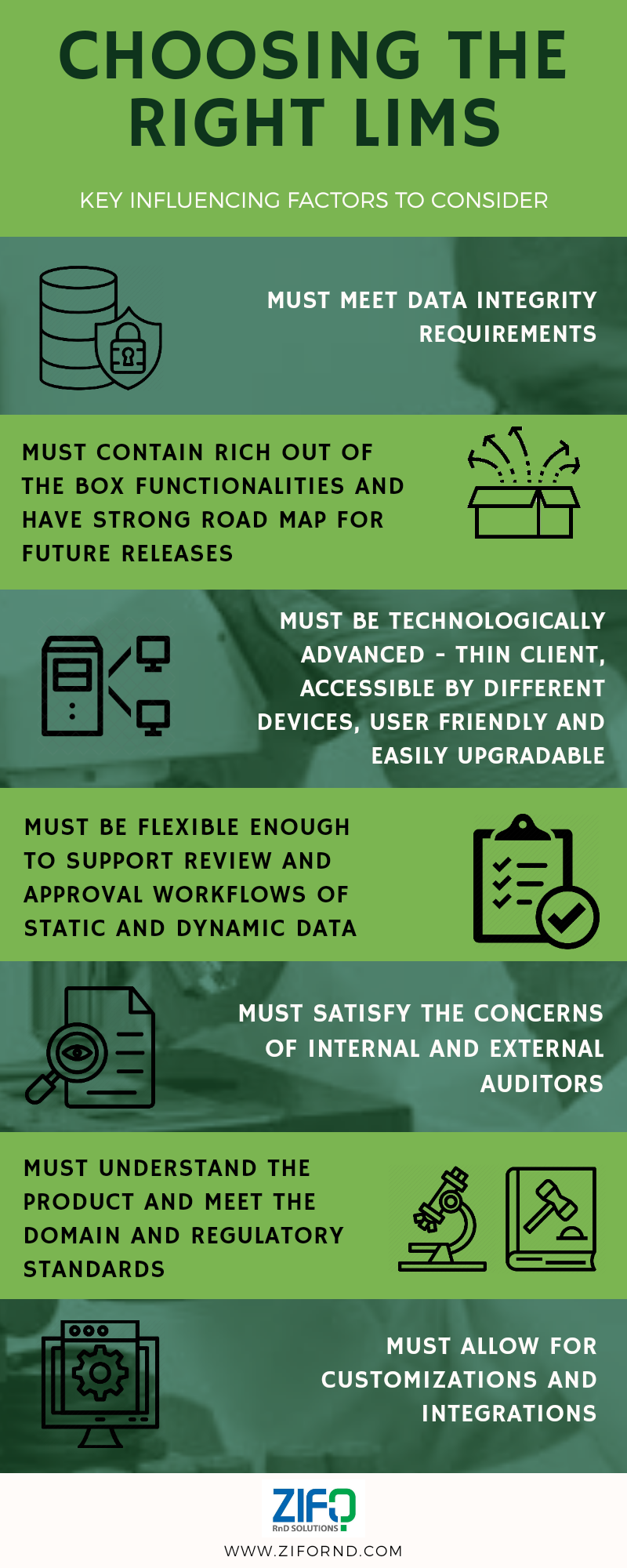THE SNOWY SCENE
Recently, my team and I were on our way to a client’s office for a Business Analysis meeting with their QA (Quality Assurance) team to evaluate and pick the right LIMS (Laboratory Information Management System) solution for their needs. The heavy snow in Chicago slowed us down, giving me some unplanned extra time with the team to discuss on how we would go about the LIMS evaluation and help the client make their purchase decision.

EAR PHONES AND LIMS
Just as I was putting my headphones away to get into the discussion, I was suddenly reminded of a different purchase decision I had made just a few weeks ago at an electronics store – where I had bought this pair of headphones.
Since when did we start having so many options for headphones?! Over-ear, in-ear, wireless, noise-cancelling – there is something for every requirement! Work out a lot? Wireless, obviously. Frequent flyer? It must be noise-cancelling. Always on the move? Make sure they’re small enough to fit in your pocket.
This got me thinking that when something as simple as a pair of headphones could have so many specs driving the purchase decision, what are the facets that influence the choice of a laboratory informatics solution? We brainstormed throughout the transit and analysed different solutions in the market.
The discussion brought up an interesting perspective on the factors to consider while choosing the right LIMS solution – while it must solve the pains for the business and be user-friendly, it is also crucial to make an effective vendor assessment, just as how one would evaluate the brand of the headphones, always making sure you’re buying it from a credible seller.
So – we came up with a few key points that sometimes get forgotten/overlooked while choosing a LIMS solution. It is important to vet the processes used by the Product Vendor along with their QMS (Quality Management System) structure and their SDLC (Software Development Life Cycle) processes and practices for understanding in depth their robustness and compliance with GxP (if applicable). Furthermore – we thought about the pros and cons for each of the typical LIMS types. Here are some of the business criteria that should be considered and evaluated while selecting a LIMS solution and our take on each of them:
GENERIC LIMS.
What are they? Generic LIMS systems are almost universally sample-oriented and laboratory-centric. The challenge of deploying a generic LIMS is that – not many laboratories are sample oriented and most of the industries (such as the Food and Beverages, Chemical or Pharmaceutical) are highly regulated with specificities that are not addressed by generic solutions.
What’s our take? In many cases, the magnitude of customization required on top of the generic LIMS can result in a system with huge maintenance, validation and upgrade costs, and there is little difference in expense between a customized generic system and a completely custom-built one. Moreover, taking the decision of how much customisation is required prior to choosing a LIMS alone can cost huge time and money.
COTS (Commercial Off-The-Shelf Solutions).
What are they? Domain-specific LIMS solutions fit specific needs better than the other options (for example BA LIMS, NGS LIMS etc.). The challenge here is the project’s anticipated growth and expectations should be analysed and managed. URS is the key here, even a high-level one is helpful to determine the right one.
What’s our take? While these may have a higher initial purchase price than a generic system, the costs of deployment, training, validation, maintenance and upgrades can be drastically lowered, making the overall cost a fraction of that of buying a customized solution. Also, the purchase should be mindful of any process changes in future which can give excellent progress and efficiencies.
CUSTOM SOLUTIONS.
What are they? When there are no commercial products available to meet a specific need or when organisations face no pressure to limit the scope or budget of large-scale projects, they choose to build custom solutions in-house or contract software development firms to have custom systems built for them. The challenge here is a need for a technically strong software team having the skill set necessary for maintaining the very specific custom software due to possibly very less training and documentation.
What’s our take? This could meet the needs of a pharmaceutical company better than commercial offerings. However, the cost of implementing custom-made LIMS could be very high. Fortunately, many LIMS companies have started creating domain-specific modules such as Oil and Gas, Healthcare, Pharma, Biobanking, Clinical, etc.
KEY TAKEAWAYS
Of all these solutions, a COTS (Commercial Off-The-Shelf Solution) would seem to tackle specific needs better than the Generic LIMS and is a more cost-effective alternative to a completely custom-built LIMS solution. However, even a domain-specific COTS solution might not satisfy 100% of the requirements of a laboratory. And while the system validation effort may be reduced, some effort would still be necessary to provide reassurance that the system, as configured, is functioning as expected.
The right LIMS solution should always be chosen by keeping the end-users in mind. It’s also important to understand the current and future technologies that vendor has and whether the current ones are futuristic, serving well for future business needs. With all the requirements and key workflows of the laboratory kept front and centre, there will be an increase in efficiency and an optimally functioning environment which will then deliver the ROI (Return on Investment).
To find out more about how Zifo can help with your LIMS and Digitalisation, please email us at info@zifornd.com


